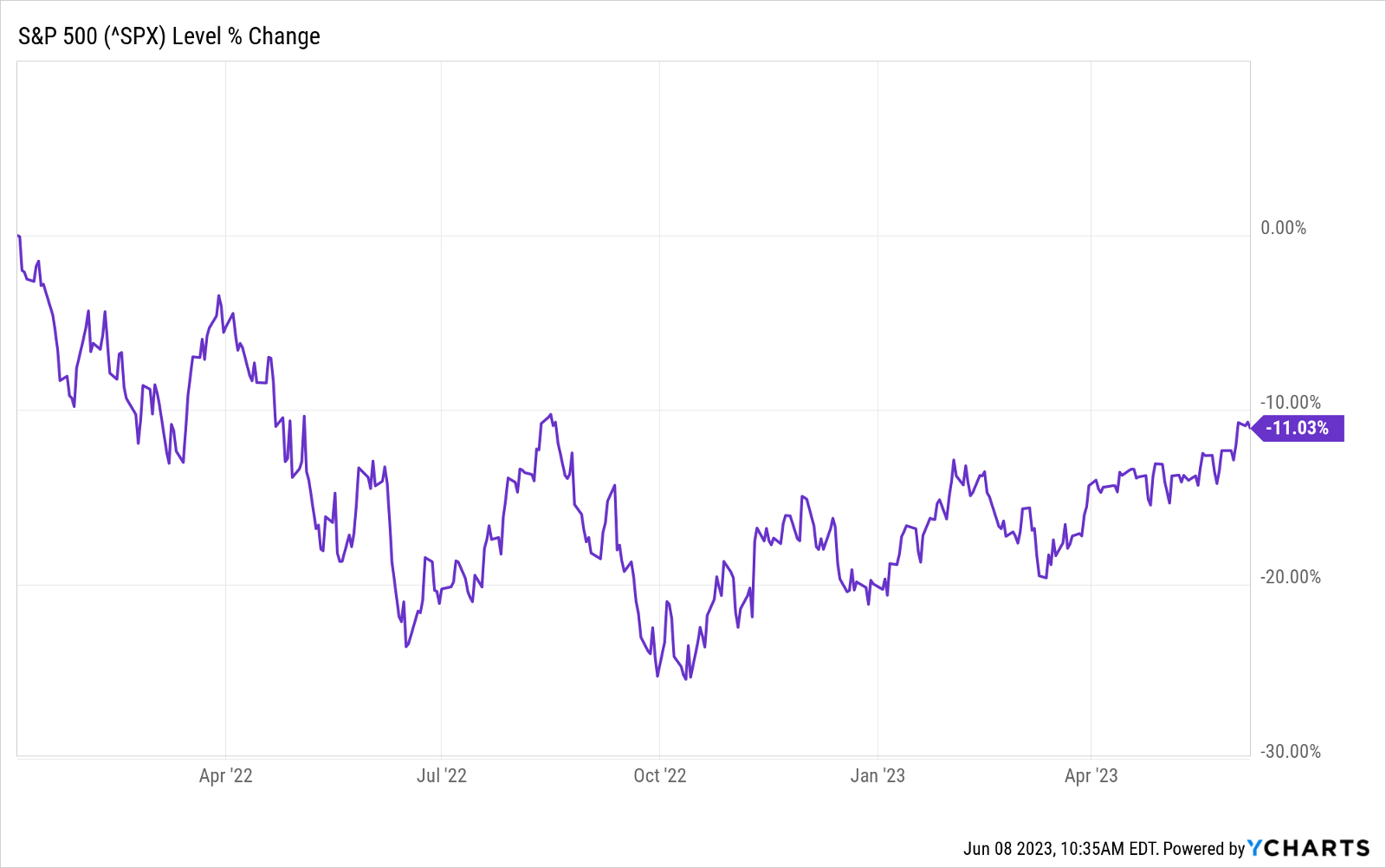
I'm sorry to be the "bearer" of bad news, but we are not in a new bull market.
That's not to say we are in a bear market either.
Let's just say we're probably somewhere in between.
I bring this up because we've all seen the flurry of headlines proclaiming the dawn of the next bull market. Such news would be very welcome indeed, especially after last year's absolute shellacking of equities.
But all this talk of a new bull market is premature, and appears to stem from confusion over how these things are defined in the first place. Fair enough; we don't call bear markets and bull markets in quite the same way. Besides, for all its grounding in technical analysis, the divining of a bull market in real time is as much art as it is science.
Bear markets, by comparison, are easy in this regard. When a broad market index such as the S&P 500 – the most commonly used benchmark for U.S. equity performance – declines at least 20% from its most recent closing high? Boom. That's the beginning of a bear market.
Where folks get muddled is by trying to apply the inverse trajectory to define a bull market. The S&P 500 is indeed about 20% above its bear-market closing low. The index has even surpassed a 20% gain from that low on an intraday basis.
But this does not a bull market make.
How to target a bull market
As much of a relief as the S&P 500's returns have been, they don't mark the beginning of new bull. Why? Because it takes more than a 20% gain off the low to get back to where we all started before the bear market ate our portfolios.
Let's run through it: the S&P 500 hit its most recent closing low of 3,577 on October 12, 2022. As of June 6, 2023, the index closed 19.7% above that level.
This is indisputably good news – but the S&P 500 is still 11% below its closing high set in early January 2022.
A bull market is not defined by a 20% gain off the low. A bull market might very well be in the works when we're 20% up off the low. But a bull market is not confirmed until the index surpasses its previous closing high.
See the chart below, which tracks the S&P 500 from its all-time closing high set on January 3, 2022 through to June 7, 2023. Does this look like a bull market to you?

For the record, the S&P 500's all-time closing high of 4796.56 came on the first trading day of 2022. As things stand now, the benchmark index needs to rise about 12% to take out that level.
That's a lot of upside to cover.
If the market gets there and stays there? Well, that's when we can all go nuts with excitement about being in a new bull market.
Until then, fingers crossed.







